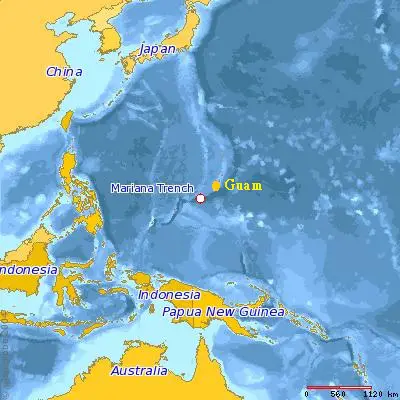One of the world’s largest ocean freight carriers is committed to more sustainable transportation. And also DB Schenker is supporting its efforts while also working with other providers to develop similar initiatives. DB Schenker and Maersk formed a partnership in 2014 that would stand the test of time, with the goal of creating more sustainable, environmentally-friendly transportation networks around the globe and that remains in place today.
“We’re on the same page with our carriers and the transportation providers who are striving for higher levels of environmental sustainability and less pollution,” says Andrea Schön, DB Schenker’s Corporate Climate Protection Manager.
“We work together to hold the flag,” Schön adds, “and are putting our heads together to come up with better fuel products like non-fossil and low sulfur fuel blends.”
DB Schenker and Maersk agreed to establish a CO2 target. The aim is to reduce CO2 emissions by 20% per container transported from 2014-2020 for DB Schenker’s business with Maersk. As a result of Maersk’s fuel efficiency efforts, we met this target in 2018 – 2 years early.
Tackling Tough Sustainability Challenges
As a worldwide logistics specialist, DB Schenker helps to generate a lot of transportation activity around the globe. For more than 10 years, the company has been working closely with Maersk and other transportation providers to better understand how the entities can work together to help reduce emissions and decrease ocean pollution.
Sustainability transcends just transportation. In fact, climate change was a major theme at this year’s World Economic Forum meeting in Davos, where panel discussions on global warming, ocean sustainability, and biodiversity all drew large crowds.
“The top three issues on Davos official agenda all relates to climate change,” says Mads Stensen, Senior Sustainability Advisor at Maersk, which is, like DB Group, committed to attaining carbon neutrality by 2050. “This really shows how key stakeholders are ramping up their climate change agendas.”
Take the IMO’s 0.5% mass by mass (m/m) global sulfur cap on fuel content (down from a current 3.5%), for example. On track for a January 1, 2020 enforcement date, shipowners and operators around the world are now trying to figure out the best way to comply with the new regulations. DB Schenker and Maersk are working together—and involving other entities in the charge—to comply with IMO 2020 and to help shippers manage the upcoming change.
Achieving Sustainability Goals
Stensen says carbon-neutral vessels must be made commercially-viable by 2030 to achieve its sustainability goals for Maersk. Equally as vital will be an acceleration in new innovations and adoption of new technologies, both of which will help ocean carriers attain their sustainability goals.
“We’ve been focused on improving fuel efficiency and reducing pollution for more than 10 years now thanks to higher fuel prices and a bigger emphasis being placed on sustainability and low-carbon,” says Stensen, who estimates that Maersk has almost cut emissions per container transported in half ”
Driving the Numbers Down
Noting that Maersk’s sustainability strategy and program goes beyond CO2 emissions and better fuel economy, Stensen says the ocean carrier also has clear priorities around material issues such as ship recycling; fighting food loss; health, safety, security and environment (HSSE); human and labor rights; and anti-corruption.
Stensen sees shipper involvement as the key to success in the sustainability arena, where it just makes sense for companies to work together toward the common good.
“We won’t make it if our customers don’t get involved, if investors don’t support the effort, and if technology providers don’t help us develop new ways to achieve our goals,” Stensen says. “More and more companies are joining us on this journey, but we need more of them to get involved.”
Reference: maersk.com
from WordPress https://www.maritimemanual.com/maersk-and-db-schenker-to-fight-against-ocean-pollution-co2-emissions/

No comments:
Post a Comment